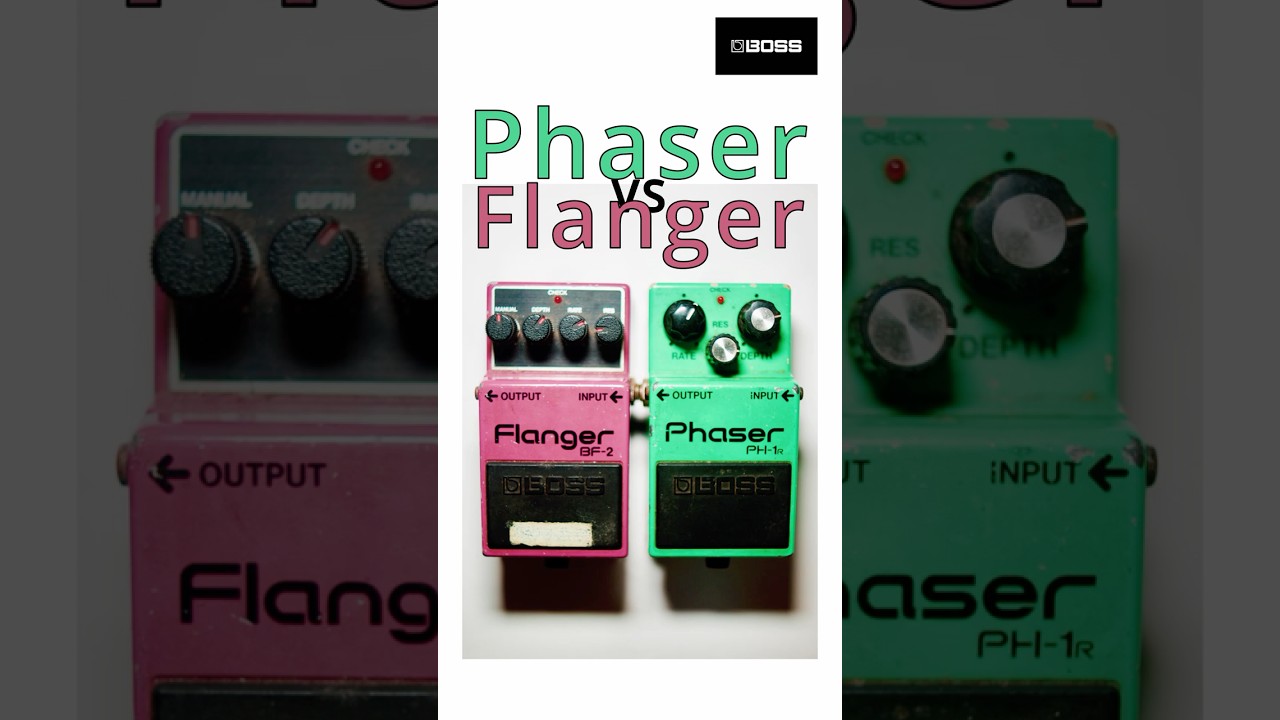Description
The Electro Harmonix SuperEgo+ Synth Engine Pedal is currently retailing at £229 and it is in stock. Available to be delivered to you by post direct (some charge may apply).The team at Just Pedals think that Electro Harmonix nailed it with the Electro Harmonix SuperEgo+ Synth Engine Pedal.
Here's what Electro Harmonix say about the SuperEgo+ Synth Engine Pedal:
Building on the synthesis platform of the award-winning Superego, our new Superego+ raises the bar when it comes to creating synth effects, sound layers, glissandos, infinite sustain and more. Plus, we’ve added a complete effects section featuring 11 effects types, an EXP input for effect parameter control and an EXT jack for a 3-button controller.
The Superego+ is equipped with the following effects:
• DETUNE: pitch detune, EXP pedal controls pitch
• DELAY: warm, analog sounding delay, feedback is preset, EXP controls delay time up to 2 seconds
• ECHO: pristine digital delay, feedback is preset, EXP pedal controls delay time up to 2 seconds
• FLANGE: Electric Mistress style w/filter matrix, rate and feedback. EXP pedal controls rate
• PHASE: Small Stone style phase shifting with rate and depth control. EXP controls rate
• MOD: pitch-based vibrato or chorus. EXP controls rate
• ROTARY: rotary speaker style sound. Depth controls tweeter/horn balance. EXP pedal controls rate
• TREM 1: sine wave tremolo. EXP controls rate
• TREM 2: square wave tremolo. EXP controls rate
• PITCH: pitch shifting effect over a +/- one octave range. EXP controls whammy
• FILTER: resonant low-pass filter. EXP pedal controls frequency
The pedal provides enough sound shaping control to please the most sonically adventurous player and is equipped with Dry, Effect, Attack, Decay, Threshold, Layer and Gliss knobs, plus Rate and Depth knobs for the Effects Section. Four foot-switchable Freeze modes: Moment, Sustain, Auto and Latch, plus a Live Effects mode where the dry signal is routed thru the built-in effects and the internal synth engine is disabled, are included.
The polyphonic Superego+ works with guitar as well as other instruments including bass, keyboards, vocals, drums, etc. and comes equipped with an EHX 9.6DC-200 AC Adaptor.
Specifications:
- Creates synth effects, sound layers, glissandos, infinite sustain and more
- Four Freeze modes
- Built-in effects section with 11 effect types
- EXP input for effect parameter control
- Live Effects mode where the dry signal is routed thru the built-in effects and the internal synth engine is disabled
- EXT jack for a 3-button controller
- Comes with an EHX 9.6DC-200mA AC Adaptor




































